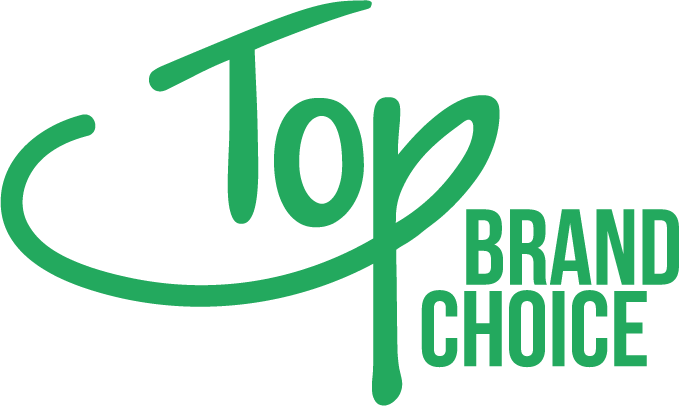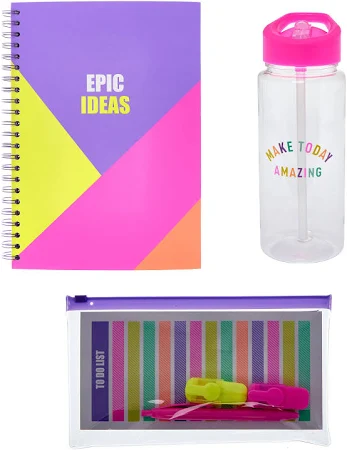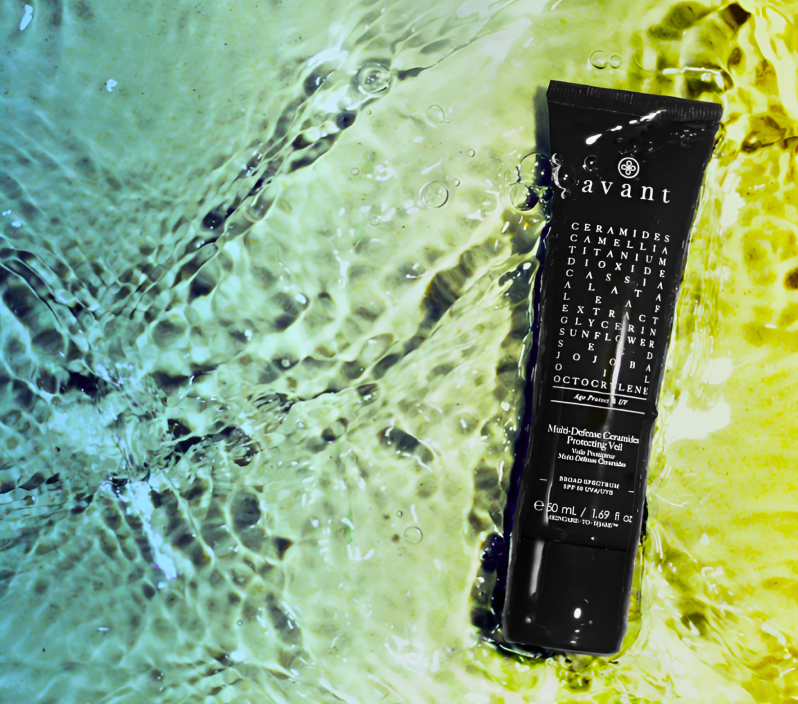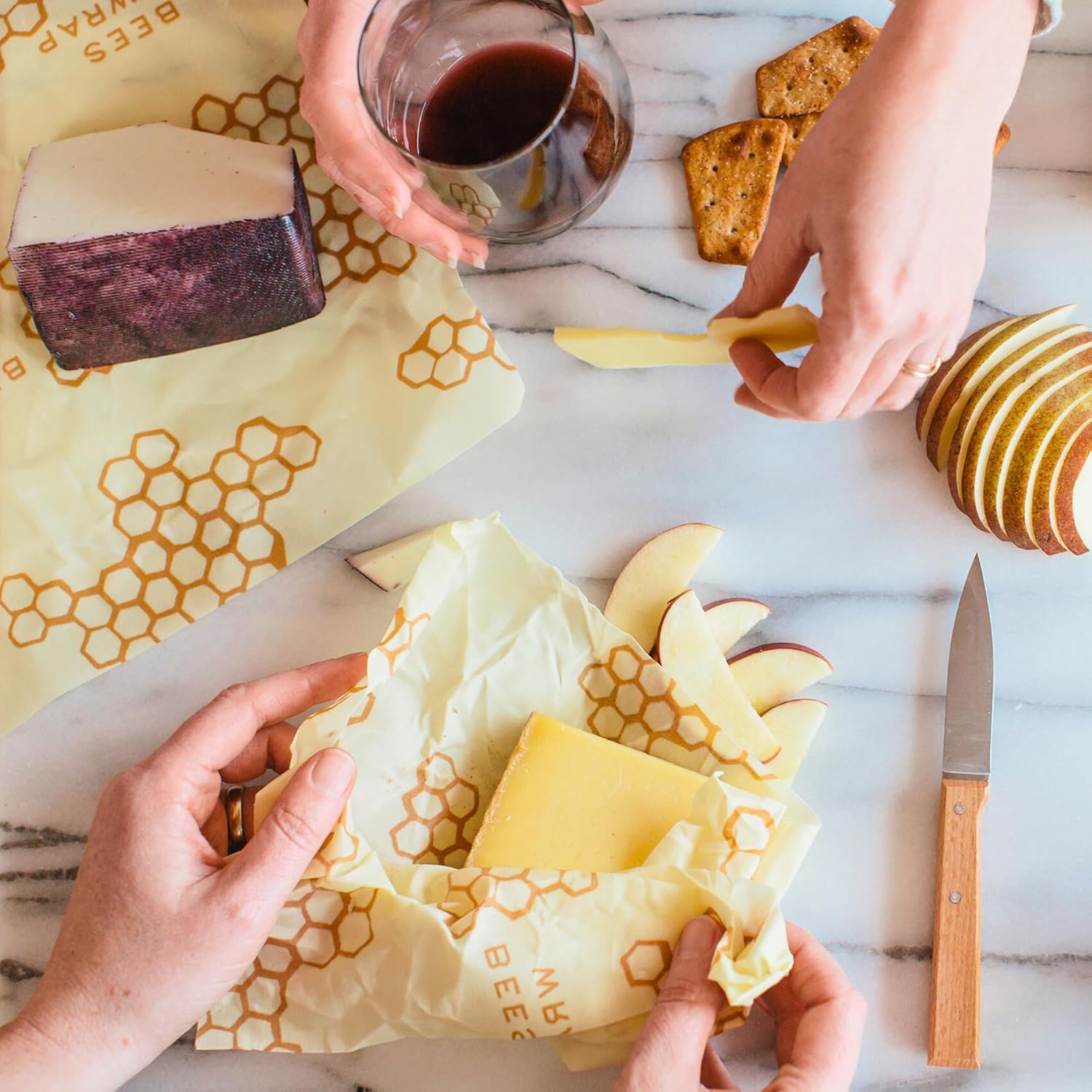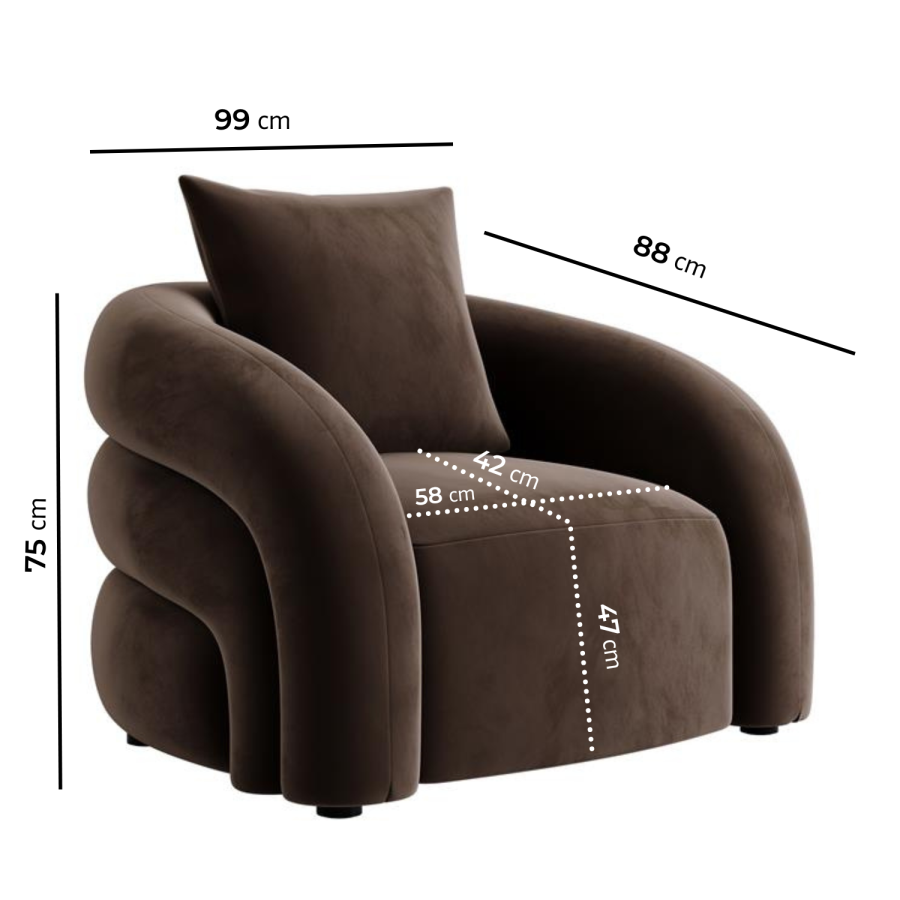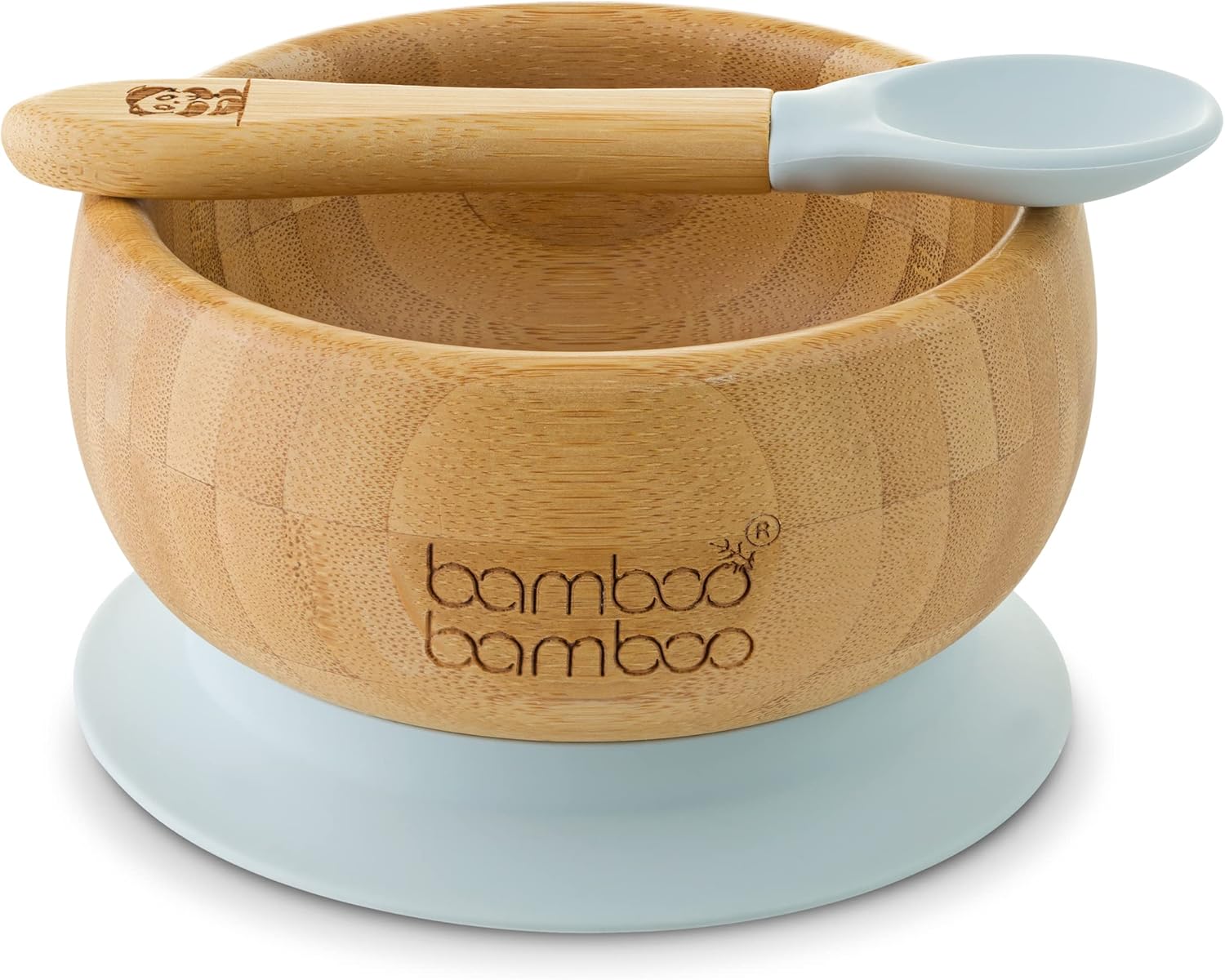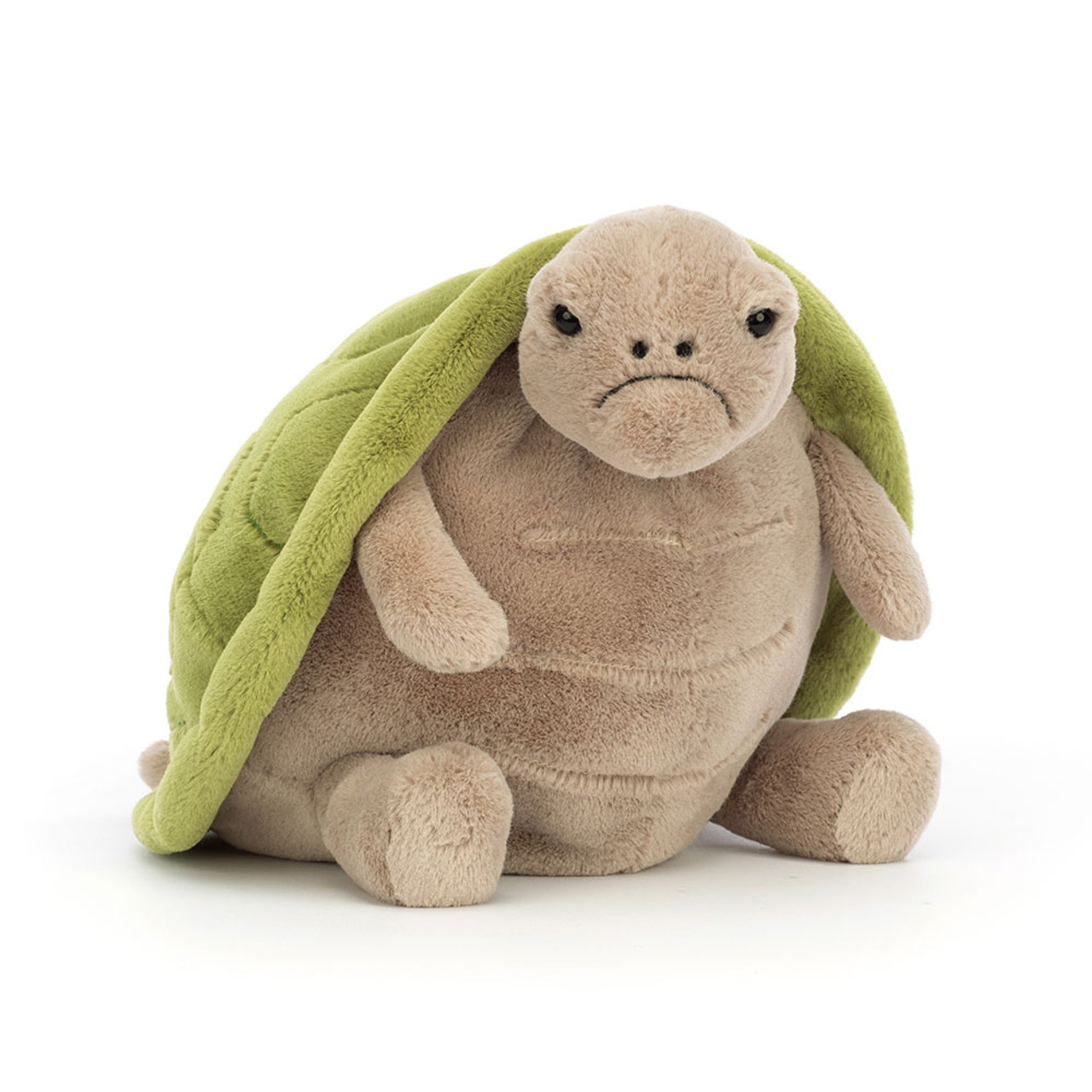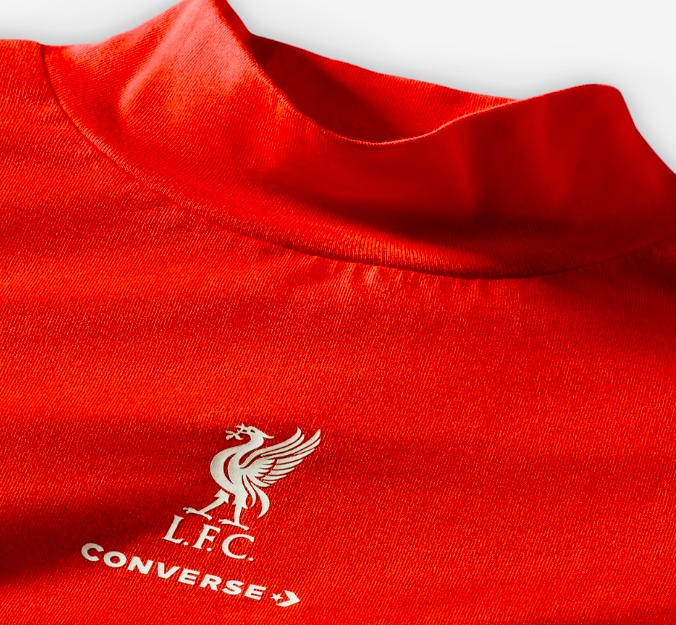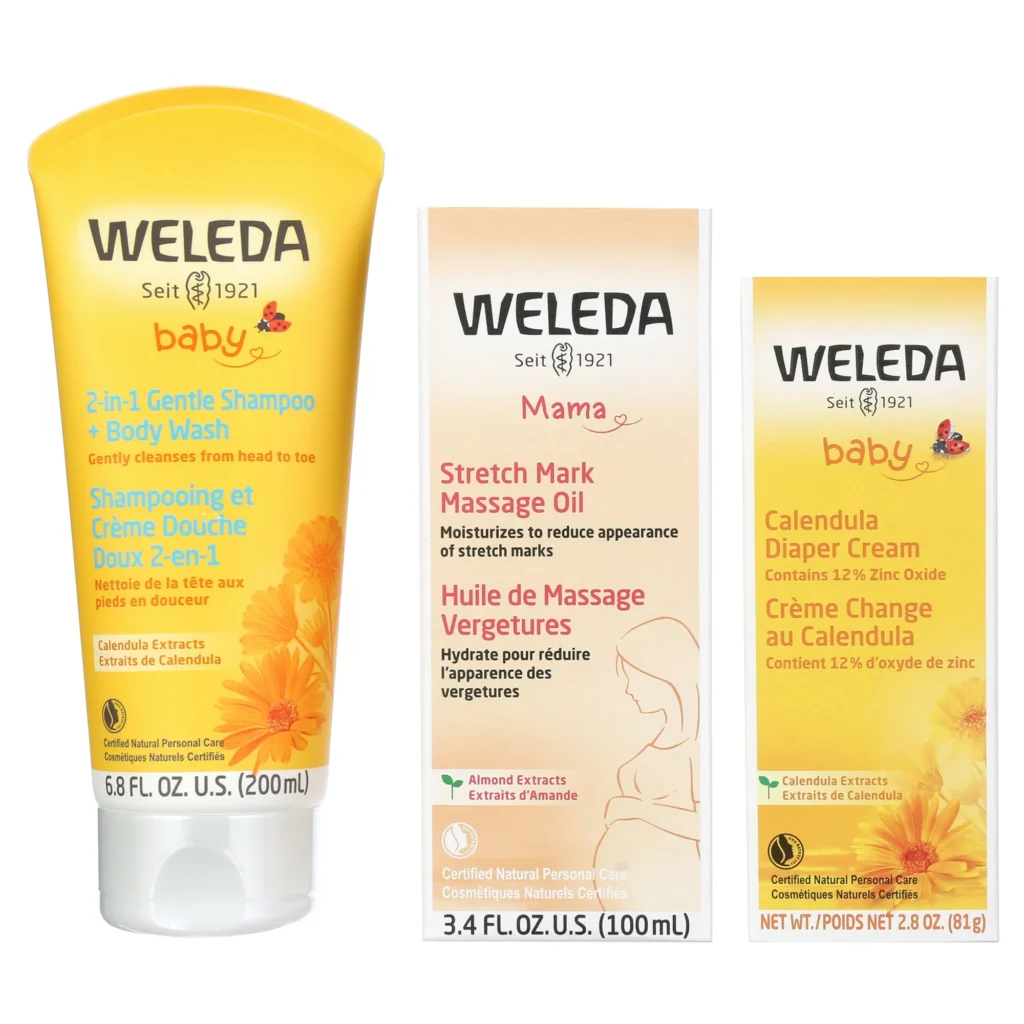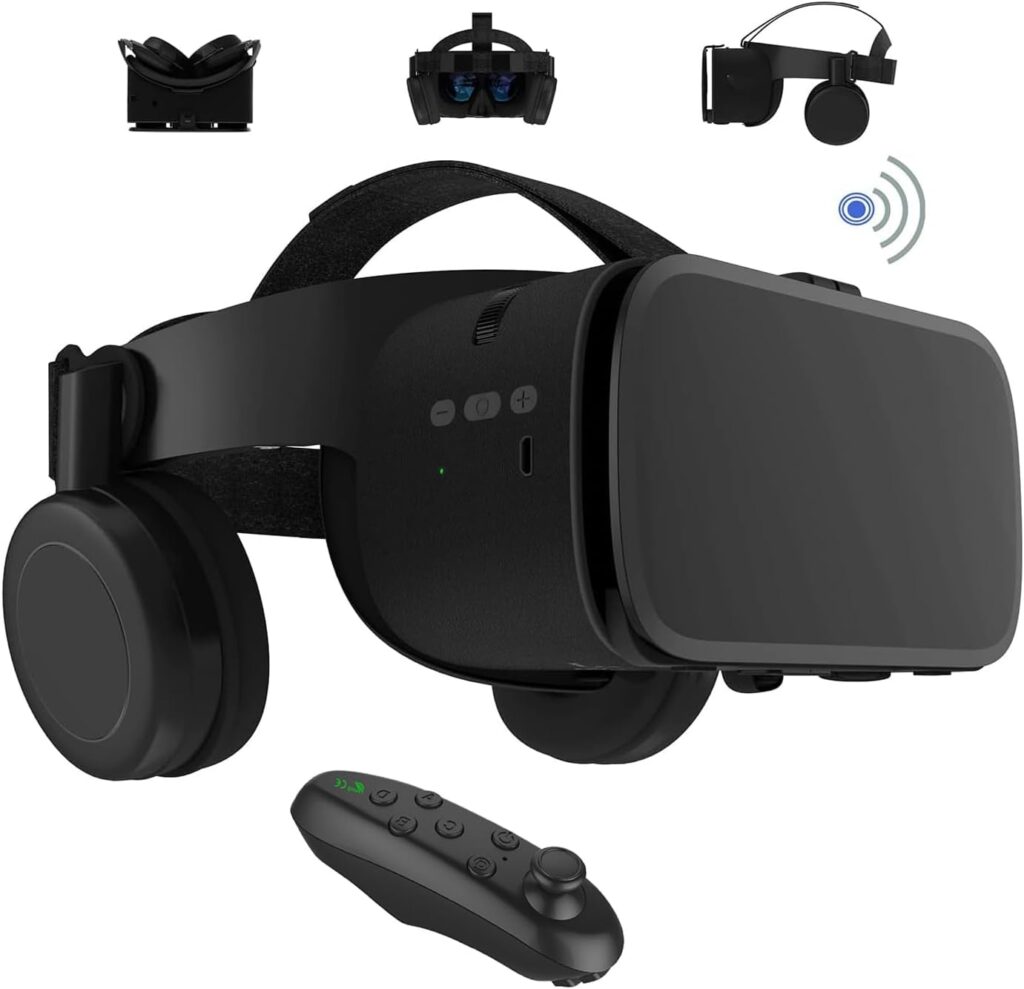The first week of school can feel like organized chaos: new timetables, fresh teachers, changing classrooms, and a daily scavenger hunt for pens, rulers, and notes. Having a single, complete set of essentials doesn’t just save minutes—it saves mental energy. The Card Factory Back To School Stationery Bundle pulls together the tools most students actually use day to day, in a bold neon palette that’s easy to spot in a busy bag and energizing at the desk. When everything matches and belongs, motivation scales up, and so does follow-through.
In this article, we’ll turn that bundle into a working system—one that reduces decision fatigue for students, reassures parents that the bases are covered, and helps teachers encourage consistent habits. In this article, you’ll get a streamlined set-up plan for the first day, simple color-coding strategies that improve organization and memory, age-appropriate adaptations from early primary to secondary, and realistic upkeep tips that keep the Card Factory kit feeling new long after the novelty fades.
Shop Back To School Stationery Bundle
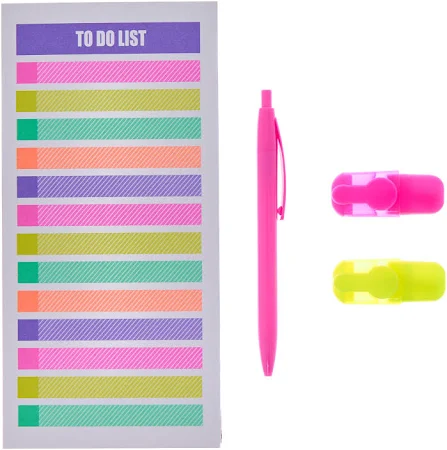
Why a Curated Bundle Beats Piecemeal Shopping
Buying supplies one by one invites gaps: a pencil case with no eraser, a ruler that never shows up when graph paper finally does. A curated set arrives with coherence. The neon color family acts like a visual anchor; students can glance at a desk and immediately know what belongs and what’s missing. Consistency also reduces friction during transitions: the same pen type across subjects, the same highlighter style for notes and revision, the same sticky notes for reminders. A matched kit invites use because it feels intentional and complete—no rummaging across five drawers to assemble a basic writing set.
It also reduces the “decision tax” that drains focus. When a student knows which pen is for class notes and which highlighter is for key terms, the brain stays tuned to the lesson instead of deliberating over tools. Over time, these micro-savings become a macro habit: sit, open, write, review. That predictability is the real value of the Card Factory Back To School Stationery Bundle—not just owning items, but owning a routine.
First-Day Setup That Actually Sticks
Start with the pencil case open on a clear table. Group writing tools together, measuring tools together, and sticky notes with the highlighters they’ll support. Assign each category a “home” in the case (front elastic for pens; middle compartment for pencils and eraser; back slot for ruler and small scissors). The neon palette helps students remember the map: “pink front, green middle, yellow back.” Take a quick photo of the loaded case and save it on the student’s phone or tuck a printout in a sleeve; that snapshot becomes the reset guide after every school day.
Next, label lightly and logically. Initials on the case zipper pull; a tiny dot on pens near the cap; the student’s name on the ruler edge. Labels should be discrete yet consistent—the goal is identification without visual clutter. Finally, pack the bag with the case upright, notebooks against the back panel, and loose sheets in a folder. Upright storage prevents crushed tips and bent rulers; notebooks at the spine keep the bag’s weight balanced for safer shoulders.
Shop Back To School Stationery Bundle
Color Coding that Boosts Memory and Reduces Friction
Neon isn’t just lively; it’s functional. Use one highlighter color per subject (for example, yellow for science, pink for language arts, green for geography). Align sticky notes to match so the color becomes a subject cue across the week. Over time, the brain learns these associations and retrieves information faster—yellow notes cue experiments; pink flags grammar rules; green marks maps and place names. Keep the system stable for at least a term; constant color swapping breaks the memory link.
For note-taking, encourage students to highlight sparingly. One sentence per paragraph is usually enough: definitions, formulas, or the key claim. Over-highlighting turns pages into neon wallpaper; the aim is contrast, not coverage. A neat technique is “bookending”: highlight a term when it first appears, then a short summary line at the end of the section. Everything between stays clean for skimming later.

Age-Appropriate Adaptations
Younger learners benefit from simple routines anchored to the case map. “Front pocket for writing, middle for drawing, back for measuring” is easy to chant and remember. Give them a two-minute “tools check” before leaving class: cap on pens, ruler flat, eraser tucked. Praise the habit, not the result; the point is repetition.
Upper primary and early secondary students can step up to a planner routine. At the top of each homework session, match the highlighter to the subject, write the date on a sticky note, and place it on the first page to be tackled. At the end, move that note to tomorrow’s page with a quick status (“finished problems 1–10; revisit 11–12”). This rolling sticky becomes a progress bar that is simple to maintain and satisfying to move forward.
For exam years, use the neon palette to mark revision priorities: warm colors for urgent topics, cool colors for confident areas. Encourage spaced repetition by revisiting warm subjects more frequently, then “cooling” them down as mastery grows. The Card Factory Back To School Stationery Bundle becomes the interface for that habit—open the case, pick the color, start the set timer.
A Homework Corner that Invites Focus
Designate a small surface at home as the student’s “studio,” even if it’s a fold-out tray. Keep the case, a water bottle, and a lamp within reach; remove snacks and phones during set blocks. The neon kit provides the spark—everything else should be calm. A neutral surface helps the colors guide the eyes to what matters. Place a single “inbox” folder for loose school papers and a “done” folder for completed work awaiting a parent signature or backpack return. The fewer steps between opening the case and starting work, the less room for avoidance.
Shop Back To School Stationery Bundle
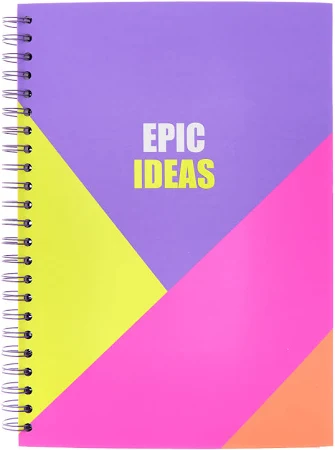
Motivation, Confidence, and Executive Function
Tools can carry mood. The fresh, bright aesthetic of the bundle turns study from a grayscale task into something with a bit of personality. That matters for students who struggle with initiation. A tiny ritual—laying out two pens and one highlighter, aligning the ruler at the top of the page—becomes a physical cue that the work session has begun. Pair this with a five-minute “starter” timer; once the pen touches paper, momentum usually follows. Celebrate consistency over intensity. A calm twenty minutes daily beats a heroic two-hour cram every Sunday.
Maintenance Without the Drama
Supplies last when they’re respected, and respect grows from a routine, not lectures. Keep a “refill day” once a week. Sunday evening, open the case, check ink levels, wipe down surfaces, sharpen pencils, and restock sticky notes. It’s a ten-minute reset that prevents Monday morning scavenger hunts. Store spares in a single, labeled box at home to avoid duplicates scattered across drawers. When something breaks, replace like for like to preserve the system—same pen style, same highlighter color. Consistency is the secret sauce.
A word on sharing: students will lend tools; that’s a kindness worth keeping. Add a small “community pen” to the bag so generosity doesn’t deplete the core kit. When the spare goes missing—as it will—replace it during the weekly reset and move on without the lecture.
Shop Back To School Stationery Bundle
Classroom Friendliness and Policy Fit
Most schools prefer quiet, low-mess tools and discourage novelty items that distract. A cohesive neon set satisfies both needs: it’s easy to identify but not noisy in use. Remind students to cap pens and stow highlighters before teacher talk; model the “tools down, eyes up” transition at home so it transfers to class. For practical subjects—science labs, art, technology—keep the ruler and pens in a zip pocket to avoid stray marks or leaks. If in doubt, check the school’s supply list and align your choices; the Card Factory Back To School Stationery Bundle is versatile enough to meet most expectations.
Three Quick Wins to Try Tonight
- Photograph the packed case and tape a thumbnail print inside the lid as a reset guide.
- Assign subjects to colors and write the key on the first page of the planner.
- Create a two-minute end-of-day ritual: cap, map, zip, into bag—every day, no exceptions.
Troubleshooting Common Hiccups
If the case becomes a jumble by Wednesday, the map may be too complicated. Simplify to two zones: writing up front, everything else in back. If pages are drowning in neon, teach the “one highlight per paragraph” rule and practice on a short text together. If items go missing, resist the urge to buy random replacements. Wait for refill day, replace within the same system, and rebuild the habit. The goal isn’t perfect neatness; it’s reliable readiness.
Conclusion
A stationery kit cannot do homework, but it can make homework doable. The Card Factory Back To School Stationery Bundle shines because it’s more than a collection of items; it’s a visible, tactile routine that students can own. When pens, highlighters, sticky notes, ruler, and case all feel like parts of one design, the student’s attention stops leaking through gaps. You get calmer starts, cleaner notes, and quicker resets after every class and study session. Build the map, set the colors, and hold the weekly refill ritual. The rest—focus, follow-through, and confidence—follows.
Shop Back To School Stationery Bundle
FAQ
- What ages is this bundle suitable for?
It works across stages: simple case-mapping helps younger learners; planners and color-coding make it valuable for secondary students too. - How many highlighter colors should a student use?
One color per subject is plenty. Keep it stable for a term to build strong memory cues. - Can siblings share one kit?
Better to give each student a case and color map. Sharing invites losses and breaks the routine. - How do we prevent over-highlighting?
Use the “bookend” method: highlight the key term at the start and a short summary line at the end of each section. - What belongs in the homework corner besides the case?
A lamp, water bottle, inbox/done folders, and a timer. Keep the surface clear so the neon kit leads the eye. - How often should we do a refill and clean?
Weekly. Ten minutes on Sunday prevents Monday morning stress. - What if school has strict supply rules?
Confirm the list and align. The bundle’s essentials typically meet policy; label discreetly and keep noise low. - How do we handle lending without losing tools?
Carry a community pen for sharing and protect the core kit for daily use. - Any quick routine to anchor the habit?
Cap, map, zip at the end of every class and homework session. It’s fast, repeatable, and effective. - How can parents track usage without nagging?
Ask for a 30-second case check: show the photo map, confirm all items, and celebrate the reset. Consistency beats reminders.
